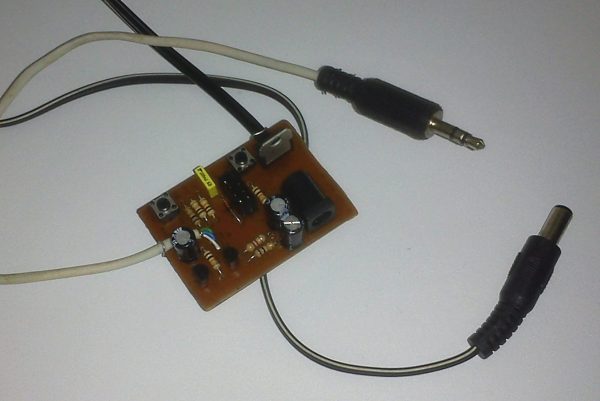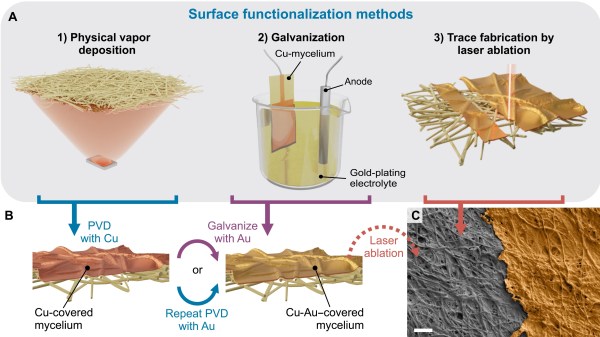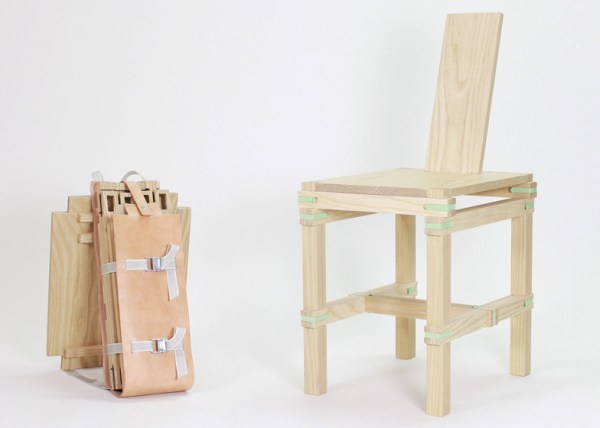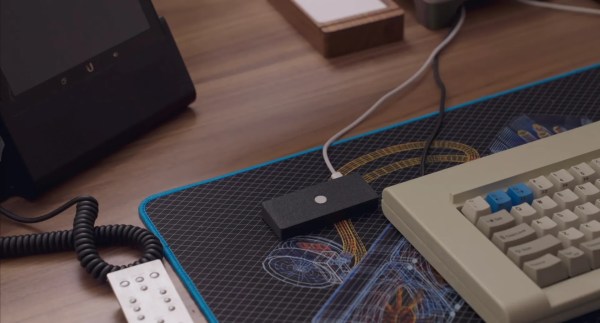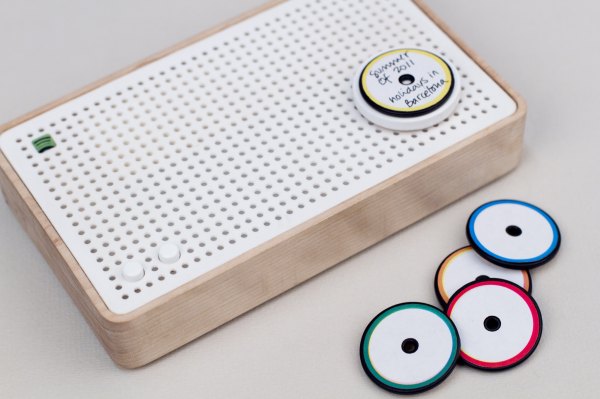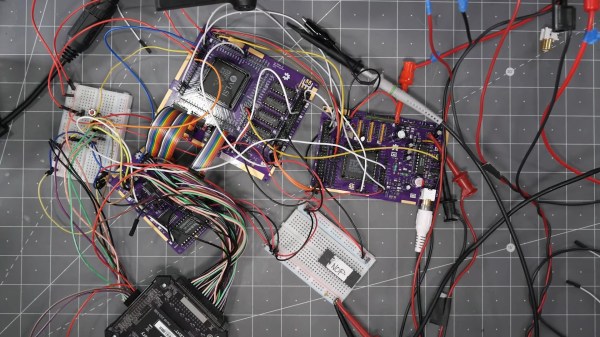Today, everything from your computer to your dryer has wireless communications built in, but devices weren’t always so unencumbered by wires. What to do when you have a legacy serial device, but no serial port on the computer you want to connect? [vahidyou] designed a wireless serial dongle to solve this conundrum.
Faced with a CNC that took instructions over serial port, and not wanting to deal with the cabling involved in a serial to USB adapter, [vahidyou] turned to an ESP8266 to let his computer and device talk wirelessly. The hand-made PCB connects via a 3.5 mm headphone jack to DB9 adapter which he describes in another article. While [vahidyou] did write a small Windows program for managing the device, it is probably easier to simply access it in a web browser from any device you have handy.
Want to see another wireless serial port application? This Palm Portable Keyboard Bluetooth dongle will let you type in comfort on the go, or you can use a PiModem to get your retrocomputer online!

